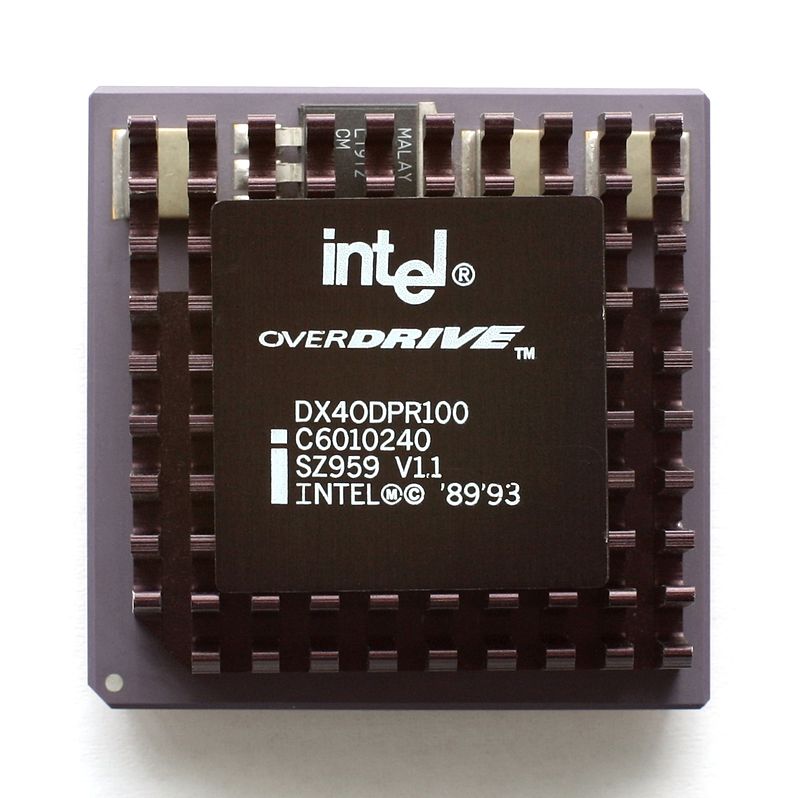Pardon the necro, but I stumbled upon this thread and wanted to direct the OP to the Wikipedia article regarding both the socket in his mainboard and the 486 overdrive CPU's, which came in two flavors:
From the 486 Overdrive Wikipedia article linked below: "Each 486 Overdrive typically came in 2 versions, ODP and ODPR variants. The ODPR chips had 168 pins and functioned as complete swap-out replacements for existing chips, whereas the ODP chips had an extra 169th pin, and were used for inserting into a special 'Overdrive' (Socket 1) socket on some 486 boards, which would disable the existing CPU without needing to remove it (in case that the existing CPU is surface mounted). ODP chips will not work in Pre-Socket 1 486 boards due to the extra pin. The ODP and ODPR labeling can be found in the CPU's model number(i.e.: DX2ODPR66)."
If you look closely at the socket in the original photo of the OP's motherboard, there is an extra pin hole inside the 168 pins (lower left, inside corner) meaning it's a 169 pin Socket 1 board and designed to accept the 169 pin, DX4ODP100 model Overdrive processor, which includes the 5v to 3.3 v adapter and a heatsink connected right to the CPU. This model includes the 3x multiplier and upgraded write-back cache which gives a little performance bump beyond that provided by the bump in clockspeed alone over a typical 486/DX2 - 66. I believe his board would also work with the ODPR variant of the Overdrive CPU (you can put a 168 pin socket in a 169 pin socket, but not the other way around) though they tend to be more expensive than the 169 pin version with no other direct benefit.
The bigger question is, does the OP's mainboard support a selectable or auto-detected 33 mhz FSB option? Not all 486 boards do, including a number of early IBM PS/1's and other OEM examples I've run into.
https://en.wikipedia.org/wiki/Intel_80486_OverDrive
https://en.wikipedia.org/wiki/Intel_DX4
